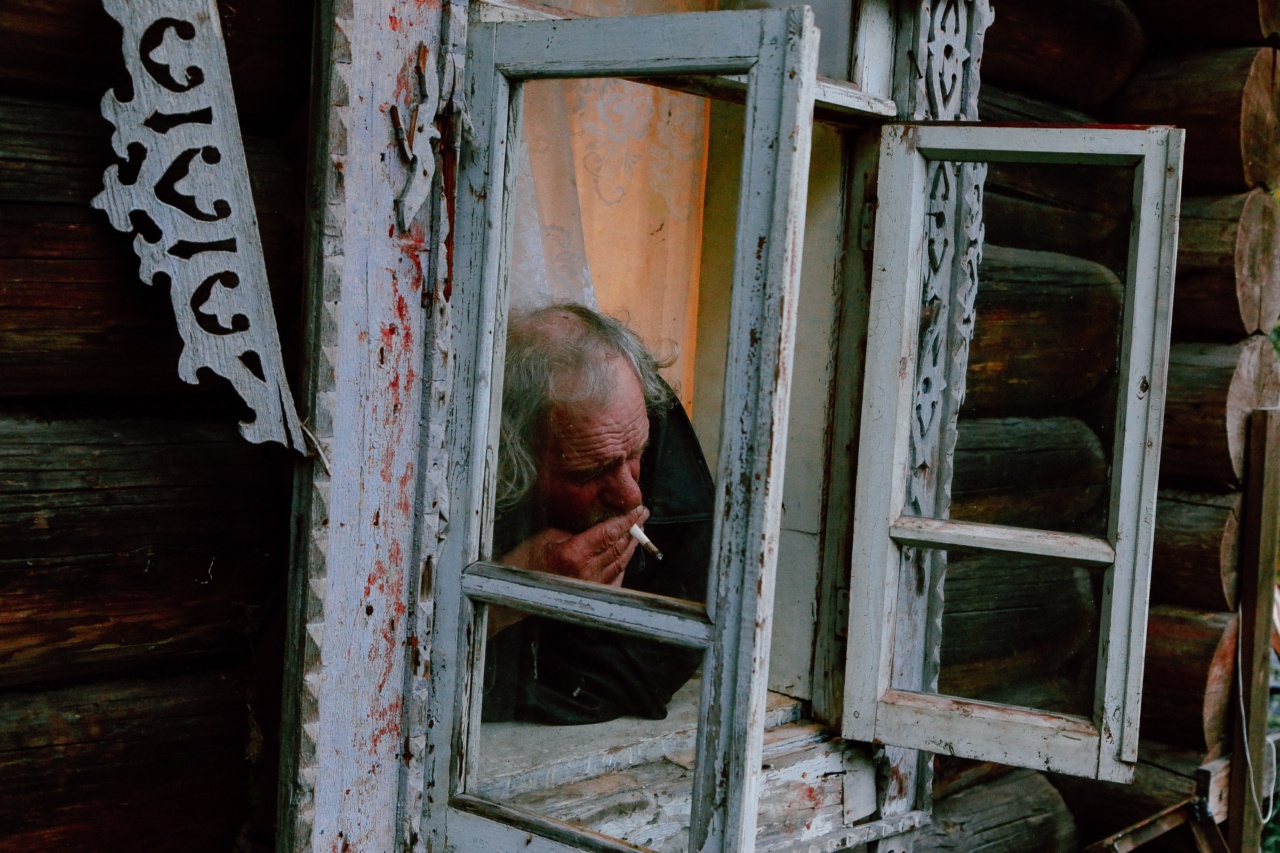Falls are a significant health concern among the elderly population, with many detrimental consequences. While both men and women are prone to falling as they age, it has been observed that elderly men are more at risk of experiencing falls.
Understanding the reasons behind this increased vulnerability is crucial for implementing effective preventive measures. In this article, we explore the factors that contribute to the higher risk of falling among elderly men.
1. Muscle Weakness and Loss of Strength
As men age, they often experience a gradual loss of muscle mass and strength, a condition known as sarcopenia. This decline in muscle function can have a direct impact on balance and coordination, making elderly men more susceptible to falls.
Reduced strength in the lower body, especially in the legs, can compromise stability and increase the risk of stumbling or being unable to support oneself in precarious situations.
2. Declining Sensory Systems
Elderly men commonly experience a decline in sensory systems essential for maintaining balance and stability.
Visual impairment due to age-related conditions such as cataracts or macular degeneration can significantly affect depth perception and balance. Similarly, age-related hearing loss can lead to difficulties in detecting environmental cues and auditory warnings, compromising overall situational awareness and increasing the likelihood of falls.
3. Medication Side Effects
Elderly men often have a higher burden of chronic illnesses and consequently may be prescribed multiple medications.
Some medications commonly used by older adults, such as sedatives, antidepressants, and antihypertensives, have side effects that can increase the risk of falling. These side effects may include dizziness, drowsiness, and impaired balance, all of which contribute to falls among elderly men.
4. Lack of Physical Activity
Physical activity plays a crucial role in maintaining muscle strength, flexibility, and balance. Unfortunately, many elderly men lead sedentary lives, which can exacerbate the risk of falling.
Inadequate exercise and a sedentary lifestyle contribute to muscle weakness, reduced bone density, and overall diminished physical capabilities. Regular physical activity, including strength and balance exercises, can help mitigate these factors and reduce the risk of falls.
5. Chronic Health Conditions
Men are more prone to certain chronic health conditions that increase the risk of falling. For instance, conditions such as Parkinson’s disease, stroke, and peripheral neuropathy are more prevalent among the male elderly population.
These conditions can lead to gait abnormalities, muscle weakness, and impaired balance, making falls more likely to occur.
6. Environmental Hazards
Elderly men may face specific environmental hazards in their everyday lives that contribute to falls. For instance, poor lighting, cluttered spaces, uneven flooring or sidewalks, and inadequate handrails can all increase the risk of accidents.
Male pride or reluctance to ask for assistance may also lead elderly men to take unnecessary risks, ultimately increasing the likelihood of experiencing a fall.
7. Low Testosterone Levels
One factor unique to elderly men is a decline in testosterone levels, often referred to as “low T” or hypogonadism. Low testosterone levels can lead to muscle weakness, reduced bone density, and an increased risk of falling.
While the relationship between testosterone levels and falls is still being researched, it is an additional factor to consider when exploring why elderly men are more at risk.
8. Cognitive Impairment
Cognitive impairments, such as dementia or Alzheimer’s disease, affect many elderly individuals and can increase the risk of falls.
Decline in cognitive functions, particularly in attention, executive function, and spatial awareness, can result in poor judgment and compromised balance. This cognitive decline significantly impacts elderly men, rendering them more vulnerable to falls.
9. Socioeconomic Factors
Socioeconomic factors play a role in falls among elderly men as well. Men from lower socioeconomic backgrounds may have limited access to healthcare and resources for maintaining a safe living environment.
Additionally, older men who live alone or lack social support may face increased risks due to factors such as neglect or delayed response in the event of an emergency.
10. Overconfidence and Risky Behavior
It is not uncommon for elderly men to display overconfidence in their physical abilities, which can lead to risky behaviors.
Engaging in activities beyond their capabilities, such as climbing ladders or participating in high-impact sports, can predispose them to falls and serious injuries. Overestimating one’s physical abilities is a common characteristic among elderly men, which contributes to their increased risk of falling.
In conclusion, several factors contribute to the higher risk of falling among elderly men.
Muscle weakness, declining sensory systems, medication side effects, lack of physical activity, chronic health conditions, environmental hazards, low testosterone levels, cognitive impairment, socioeconomic factors, overconfidence, and risky behaviors all play a role in increasing vulnerability to falls. By recognizing these factors, healthcare professionals, caregivers, and policymakers can implement targeted interventions to prevent falls and promote the safety and well-being of elderly men.































